For years – for decades, even – there’s nothing. You can trawl for as long as you like through Autocar’s rather wonderful digital archive: incidences of the Lotus and Audi brands – so distant from each other for so long, operating within market niches entirely discrete from one another – finding their way into competition in the same group test simply don’t exist.
Then, in 2006, shots were fired: the Audi R8 appeared, and the following year it won our annual Britain’s Best Driver’s Car contest – beating a Lotus 2-Eleven in the process. The Lotus Evora returned fire in 2009, winning the title outright and beating the V10-engined incarnation of the R8 back into joint fifth place.
From there on out, suddenly there are semi-regular meetings: of Evoras and Elises coming up against R8s and TTs – some going Audi’s way, others Lotus’s. All the while, Audi was trying to convince everyone that it could be a sports car brand – and for some of that period it made an all right job of it.
Now it has stopped – or at least taken a hiatus – and the tables have turned. Suddenly it’s Lotus’s turn to spread its wings, now under Chinese ownership, and seek to become something entirely new.
Whether you or I feel instinctively that Lotus has got a snowball’s chance in hell of success – of becoming the broad-batted, multi-faceted, soon-to-be-all-electric modern luxury-performance brand that it aims to be, rivalling Porsche, Mercedes-AMG, BMW M and God knows how many others – is likely to be a matter of, shall we say, ‘interested conjecture’.
The point is this: Lotus is no longer that same company we think we know. After so many wilderness years, we need no longer debate any of the following: that Hethel’s new plan is really serious and now actually happening. The Lotus Eletre is here. And, my goodness, it’s a whole heap of different.
Read our Lotus Eletre review
Read our Audi SQ8 E-tron review
Introducing the Lotus Eletre and Audi SQ8 E-tron
Quick links: Design and chassis - Interior - Driving dynamics - Verdict - Specifications
There would have been ways, after all, for a company such as Lotus to step a little carefully into the luxury car market. But there’s branching out, there’s taking a risk and then there’s this: the Eletre is a 5.1-metre-long, 2.5-tonne, all-electric SUV that hails from a company that had hitherto never so much as made a car with electromechanical power steering, never mind one with four doors, or four driven wheels, or air suspension, or all the rest of it.
This car is so unlike anything that Lotus has previously come close to building before that you could almost have slapped any badge on its bonnet. Incredulity is an entirely natural response to it. This isn’t a car, some might say, so much as a raging bonfire of sacred ideals.
Time for some more relevant context, then. Is this Lotus ‘doing an electric Porsche Cayenne’; or trying to inflate a sports car to an elephantine scale; or doing something entirely different again? What is it that Hethel is trying to prove here?
We can take it as read that Lotus thinks it’s building a car with some genuine global sales potential, way beyond the markets in which its sports cars have ever been known.
But aside from all that, and having spent a long day with the Eletre in the company of a very able competitor in the shape of Audi’s SQ8 E-tron Sportback, I think I’d call it a whacking great exclamation mark: something so large and conspicuous that you can’t help noticing it; so bold, and such a departure, that you can’t but have a reaction.
Like it or not, the Eletre is a statement both potent and provocative. It is – quite deliberately – a ‘what the flip?’ moment.
Lotus Eletre vs Audi SQ8 E-tron: Design and chassis
The Lotus's sheer size might have escaped one or two early reviewers but, when it’s parked next to another £100,000, all-electric performance SUV, it’s as plain as can be. Even by the standards of big cars, this is a big car. Not so tall but really long in profile: it’s more than 180mm longer than the Audi and almost 50mm wider across the mirrors. Quite clearly, it’s not even trying to be relatively small.
When such visible bulk is in play, there seems little point dwelling on minor differences of mechanical specification – except to observe that, even here, Lotus isn’t really taking the lighter, more efficient road.
Sure, the Eletre is a little over 100kg lighter than the SQ8 on paper, but it’s also ostensibly some six years younger (and, given how far BEV powertrain technology has come since 2018, 100kg on a car this size doesn’t seem like much).
The Lotus has a battery capacity almost identical to that of the Audi, and its wheels are even bigger. So no weight saving there, either. Both cars hit a drag coefficient of 0.26. If actual lightness and efficiency mattered to the creators of the Eletre – rather than the mere dynamic impression of it, to which we will come shortly enough – it can’t have been very much.
Lotus Eletre vs Audi SQ8 E-tron: Interior
It would have been a spectacular own goal for Lotus to have gone so large with this car only to fail to package it efficiently enough to create a sense of genuinely expansive space within (and yet it is also not the kind of slip-up you would have put past the company 20 years ago). Well, clearly ‘the new Lotus’ is a bird of a different feather, because the Eletre’s cabin is huge.
It feels really wide and accommodating in both rows; the driving position is a little more laid back than is SUV-typical, but there’s loads of leg room in the back. The seats are fairly firm back here and the cabin floor is a little high, leaving your thighs short on support.
But the rear seatbacks do recline, and there’s room behind them for several large cases or pretty much anything big and bulky that you would be likely to want to carry. There is space and versatility here, for definite: this car isn’t just big for the sake of it. But there is even more richness and lavish material quality. In this respect, of course, Audi is no pushover, but the way the Eletre’s cabin simply outdoes the SQ8 for expensive material lustre and tactile appeal is little short of stunning.
Given Lotus’s track record, you might say it is almost inconceivable – and yet the effect is totally undeniable first hand.
The Eletre’s cabin is a cocoon of soft Alcantara, with barely a plain moulded surface anywhere to be seen. Textured, rattan-style trim panels invite your fingertips, as do oversized metallised switches to control just about everything you could want. Every fitting, from the sculptural door speakers to ambient-lit fascia trim and decorated column stalks, is vying for your sensory approval.
This is pervasive luxury done by a brand that used to be philosophically opposed to it. The Eletre’s cabin could almost cut it at £200k; the SQ8, very neat, solid and pleasant as it is, just can’t compete: it hasn’t got the ‘wow’ factor.
Lotus Eletre vs Audi SQ8 E-tron: Driving dynamics
So could the driving experience feel likewise? Has Lotus actually underpriced this car, mindful, perhaps, that global brand-building has to be put ahead of profit for the time being? A little, I’d say.
The truth is, the way the Eletre gets itself down the road isn’t quite as impressive as what it’s like to simply inhabit, and doesn’t feel like what, or how, it’s been made to win you over. But it’s impressive all the same.
Despite all of Lotus’s preamble about ‘lightness of feel’, there are no dynamic conjuring tricks or revelations here. The Eletre is just a better-riding luxury car than the SQ8; a little less well isolated, sure, but more settled, supple and compliant on the road, more enveloping, and more dynamically versatile.
We tested the car in standard form, without the active anti-roll bars and four-wheel steering that comes as standard on the pricier Eletre R, or which can be had as an option elsewhere. With both fitted, there may be a little more keenness about the car’s handling character.
Even so, quite contrary to what Lotus would have you believe, I’d say you feel every inch and kilo of the car’s sheer heft.
That neither makes it especially hard to drive is tribute to Lotus’s careful dynamic tuning, though. It steers through a very intuitive-feeling rack that’s neither tacitly direct nor light and slow, and it contains its body movements consistently well without feeling overly firm or reactive to bumps – but it rides them with fluency (assuming you have dialled up the appropriate driving mode).
There is actually, surprisingly and refreshingly, little sporting pretension about the Eletre. It’s got decent levels of grip and enough body control and balance to use as much of its 603bhp as the margins of the road you are on might allow. But, most of all, this feels like a big car with quite a long wheelbase and which isn’t especially agile as an unsurprising result. It’s also a car that leans on its outside front contact patch quite hard before engaging any of the others to help it around a corner, and it never arcs and rotates like a Porsche Cayenne.
Or even like an Audi SQ8 E-tron Sportback. The Audi’s three-motor layout, its more modest dimensions and its slightly higher levels of grip make it feel unmistakably tauter-controlled, and keener to turn, than the Lotus, and they also allow it to come out of bends more quickly – when you are feeling brave enough.
In objective terms, it’s probably the better-handling car. But it’s not as carefully tuned, or as pleasant or multi-dimensional, as the Eletre. It rides and steers more inconsistently, the latter with varying weight and precision and a muddy, indistinct sort of feel for the front wheels at times, while the former presents with a slightly restive, unchecked fidget that you can mitigate by using the ‘Dynamic’ mode damping setting but not dial out entirely.
Lotus Eletre vs Audi SQ8 E-tron: Verdict
And so the world has turned inside out and upside down. Lotus has not only launched a luxury SUV but also created one that is richer, nicer, more spacious and more upmarket to travel in than an equivalent Audi – and yet it is a car that, strictly speaking, doesn’t handle as well.
Even so, I’d take it – and not just because it’s the fresher and more interesting car. It may be that I simply don’t need a 2.5-tonne electric luxury SUV to pretend to be a super-saloon on stilts.
Or perhaps it’s that Lotus’s particular take on executing one – with convincing richness and space, apparent pace and handling poise, but supple comfort and refinement to go with it – is more to my tastes than is Audi’s confection.
The truth is what it is, as they say – and, like it or not, so is the Eletre. It’s a big Lotus SUV that is ready to own the bare-faced affront that it dares to exist in the first place – and then it wins you over with powers of maturity and sophistication, which are the last things you might expect.
Results
1st. Lotus Eletre
A giant leap of a luxury SUV, which, while starkly different from the sports cars we have come to know, has very apparent space, comfort and luxury lustre.
2nd. Audi SQ8 E-tron
Big-hitting performance and space and handles keenly, though it lacks fluency and finesse. Real-world 220-mile range disappoints at this money.
Lotus Eletre vs Audi SQ8 E-tron: Specifications
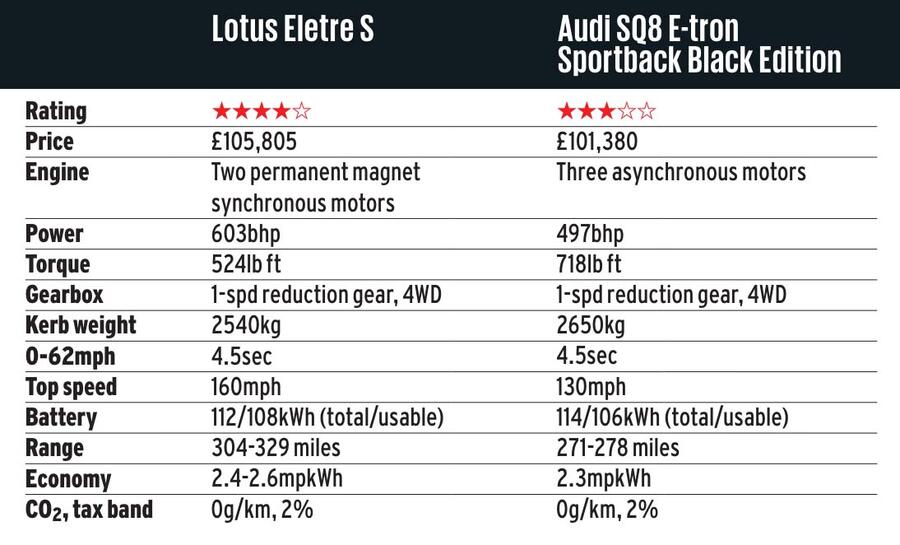

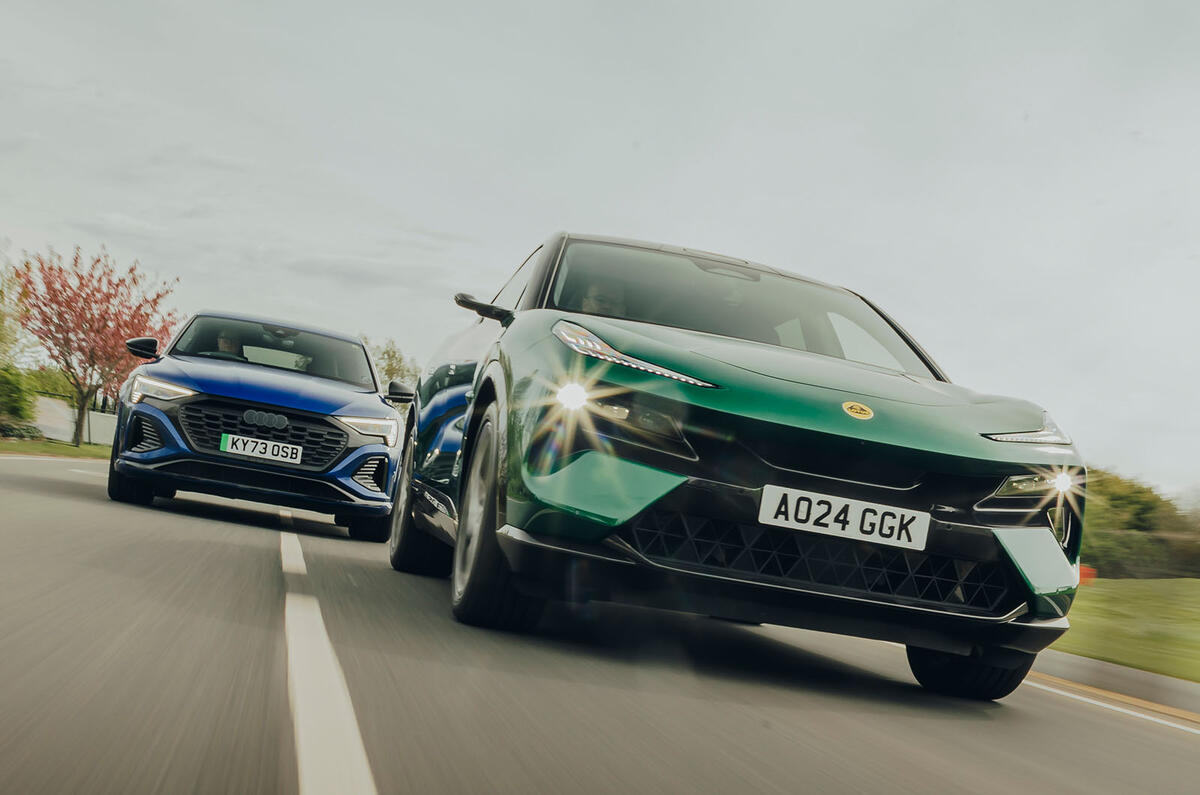


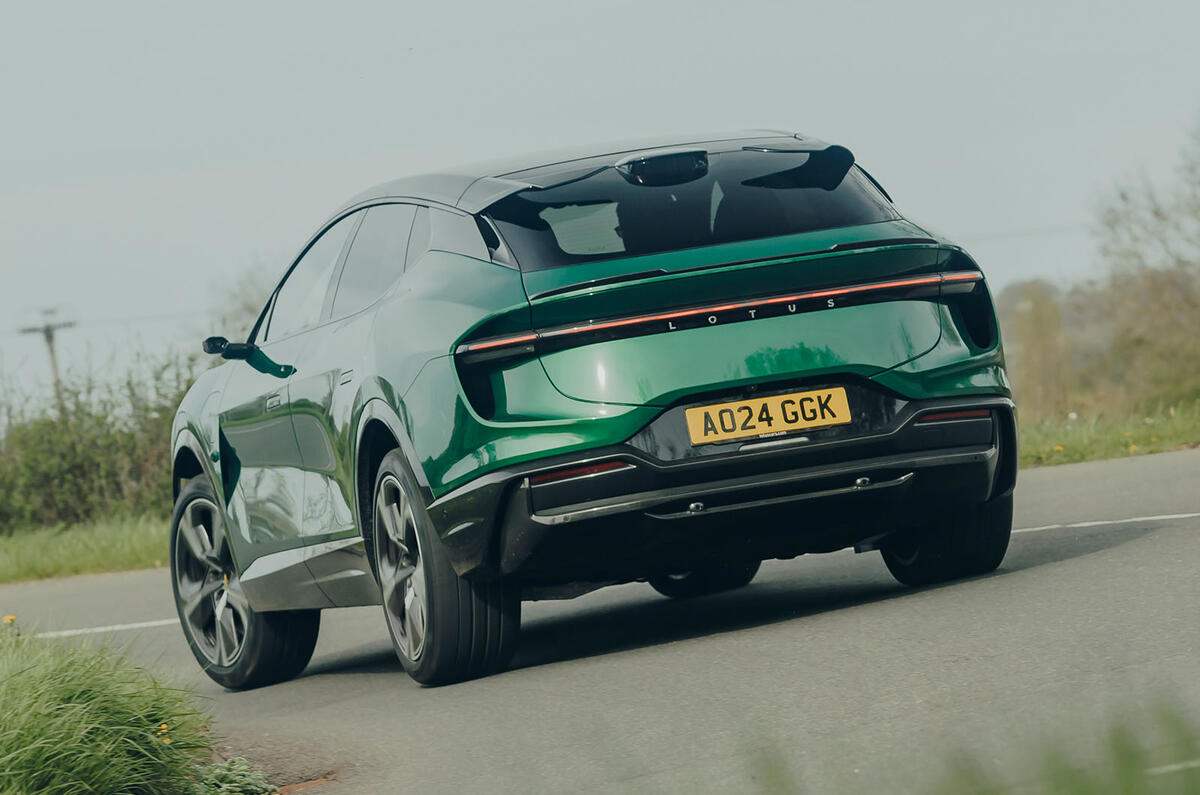
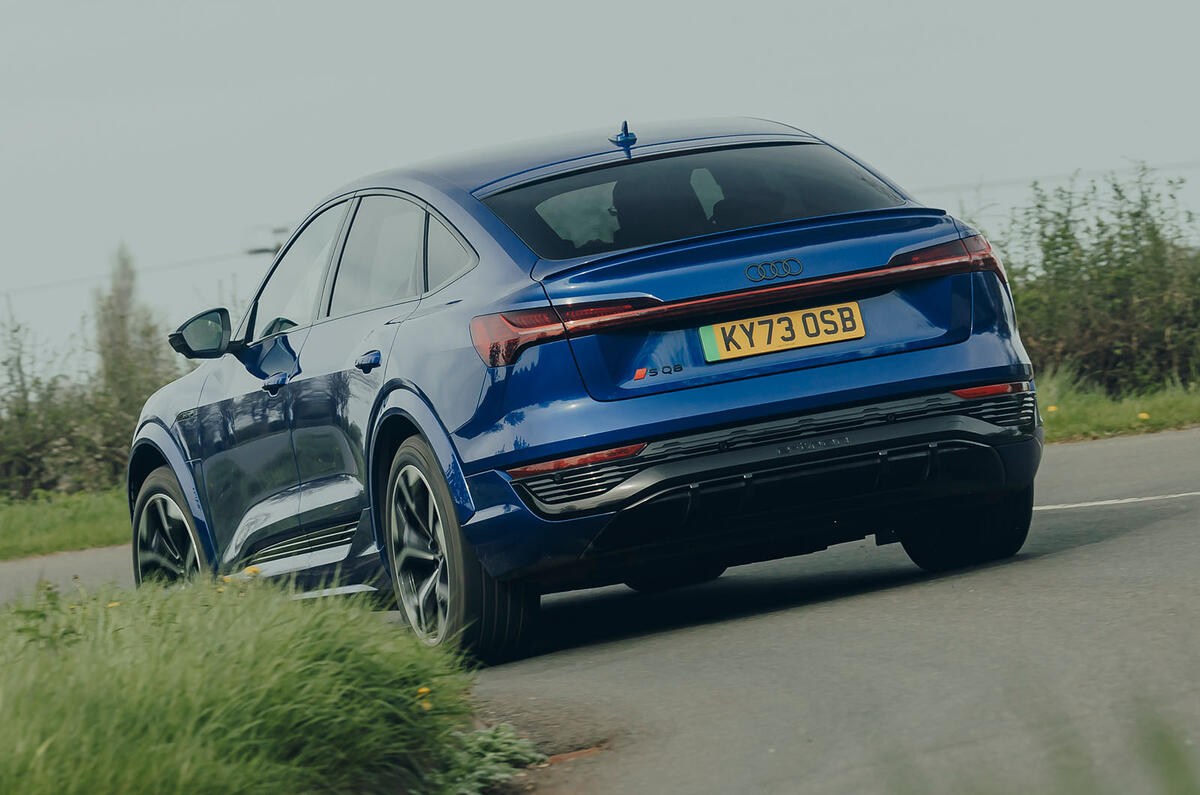
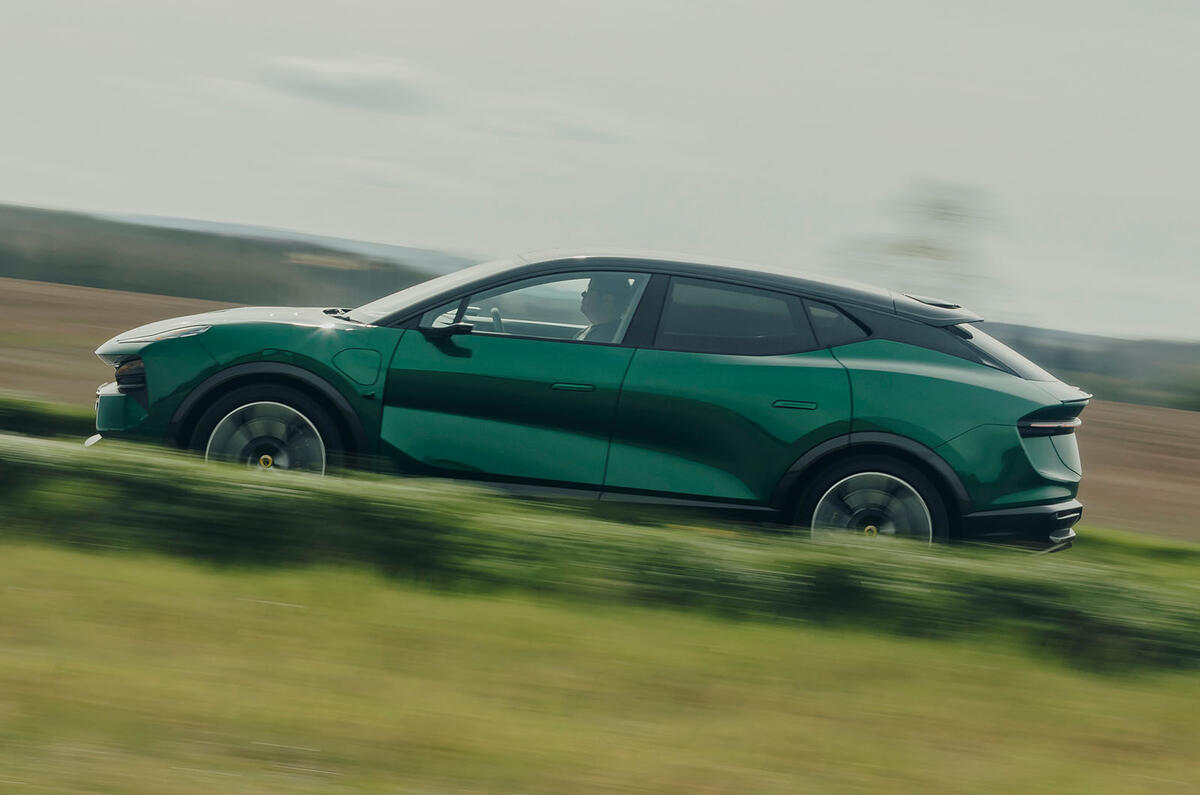
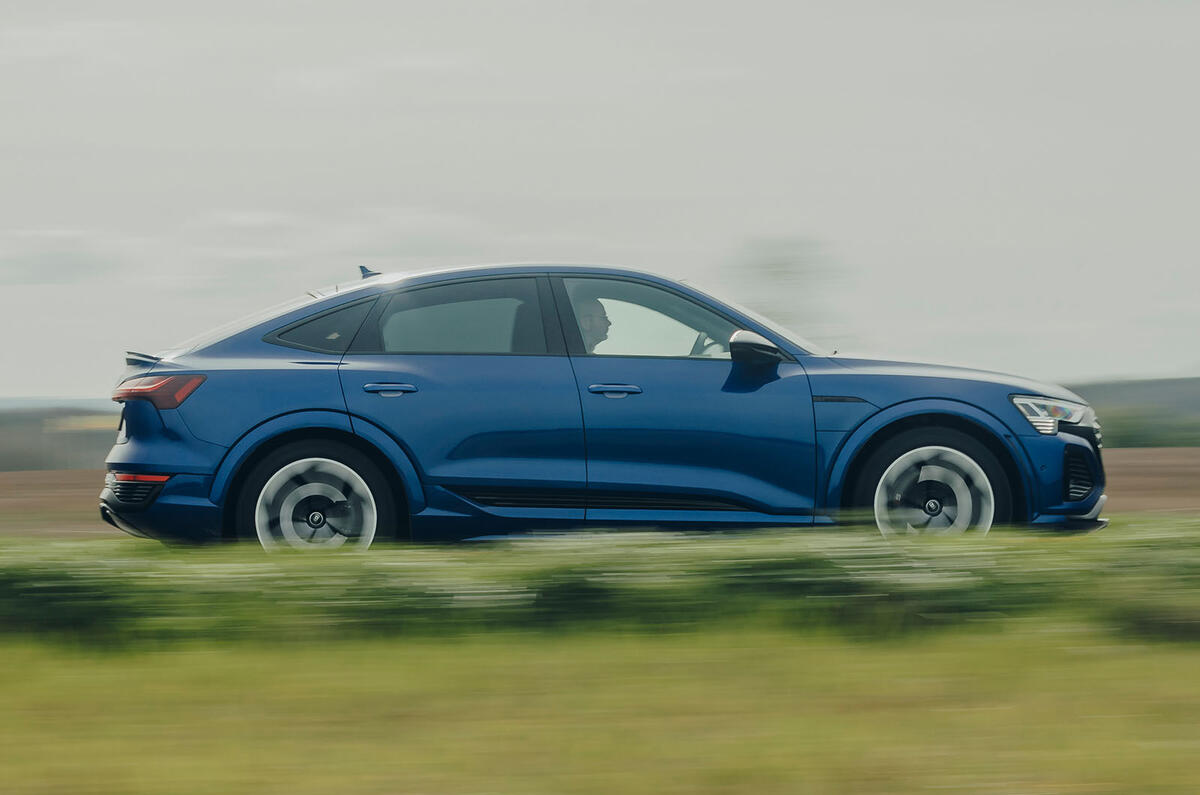
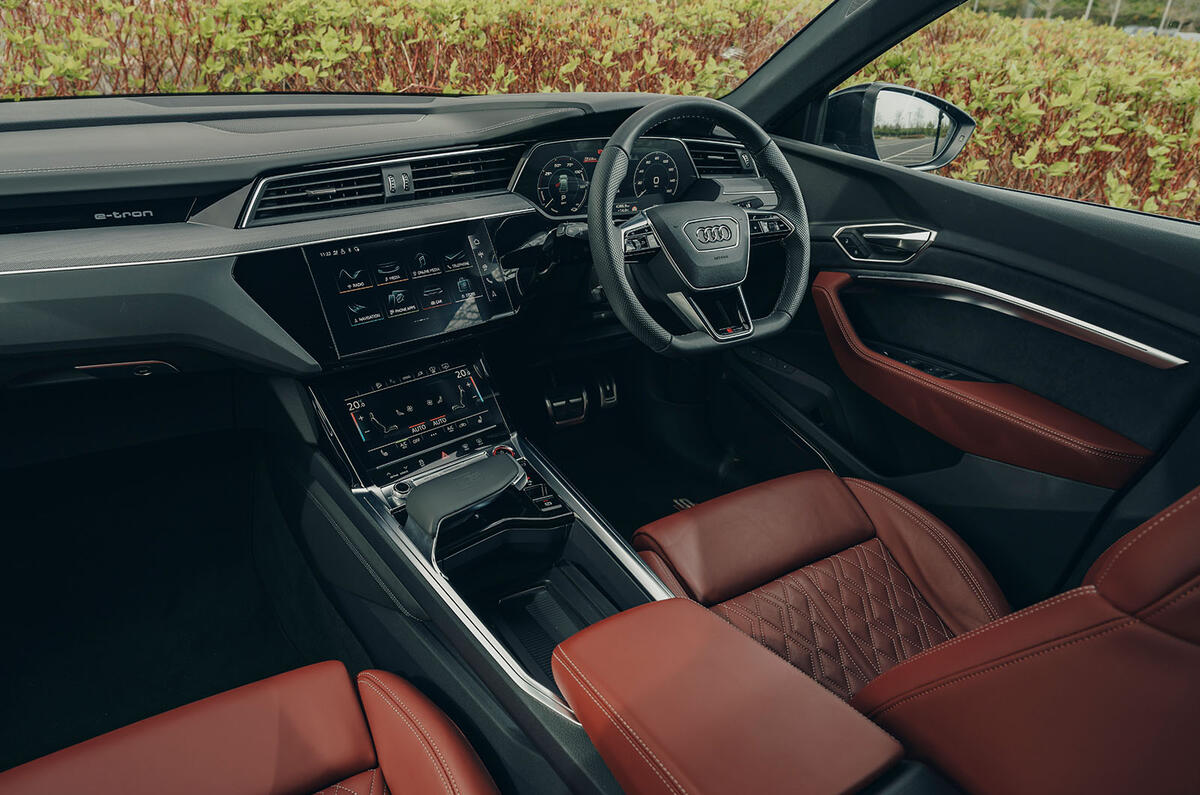

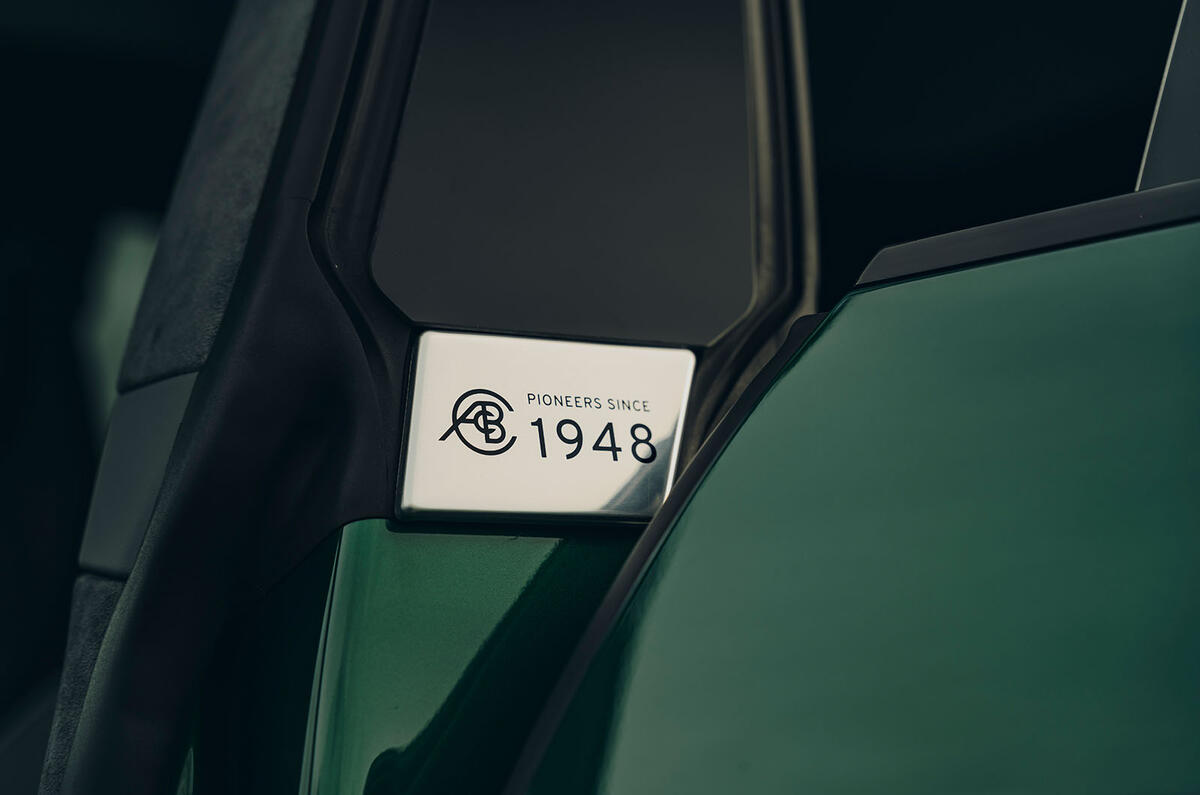
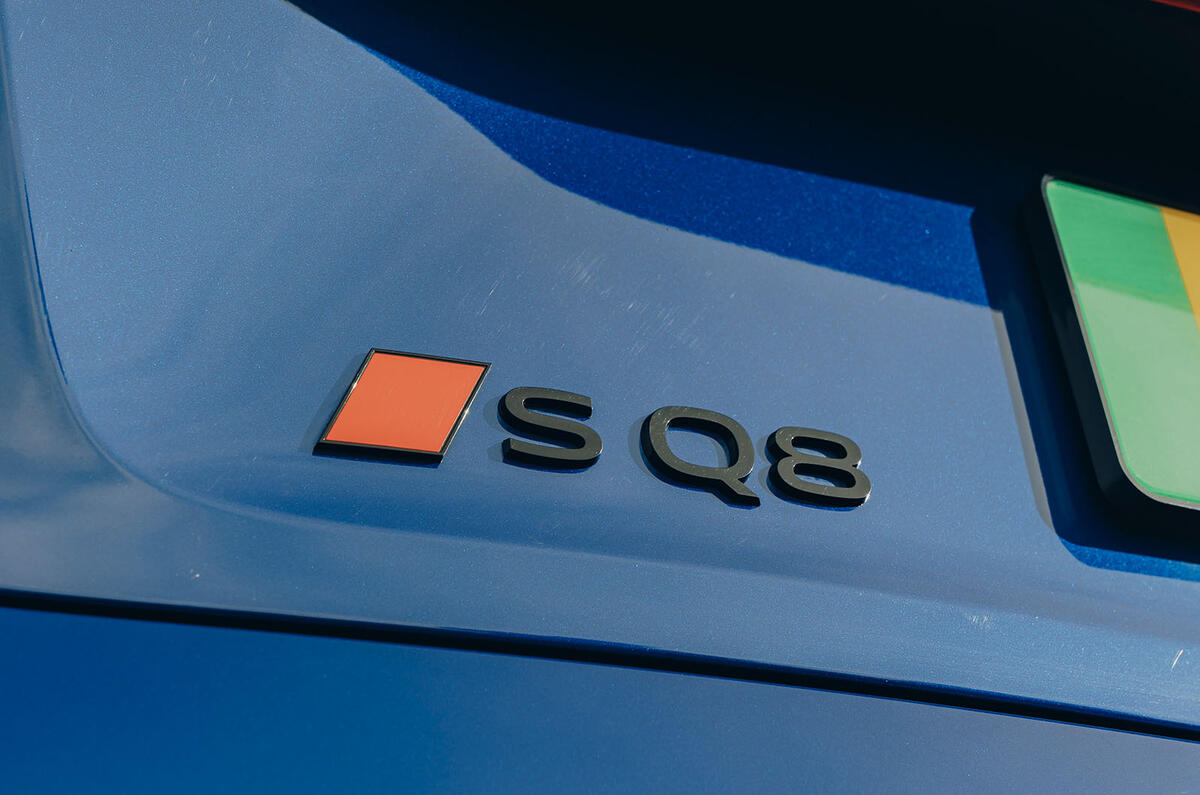
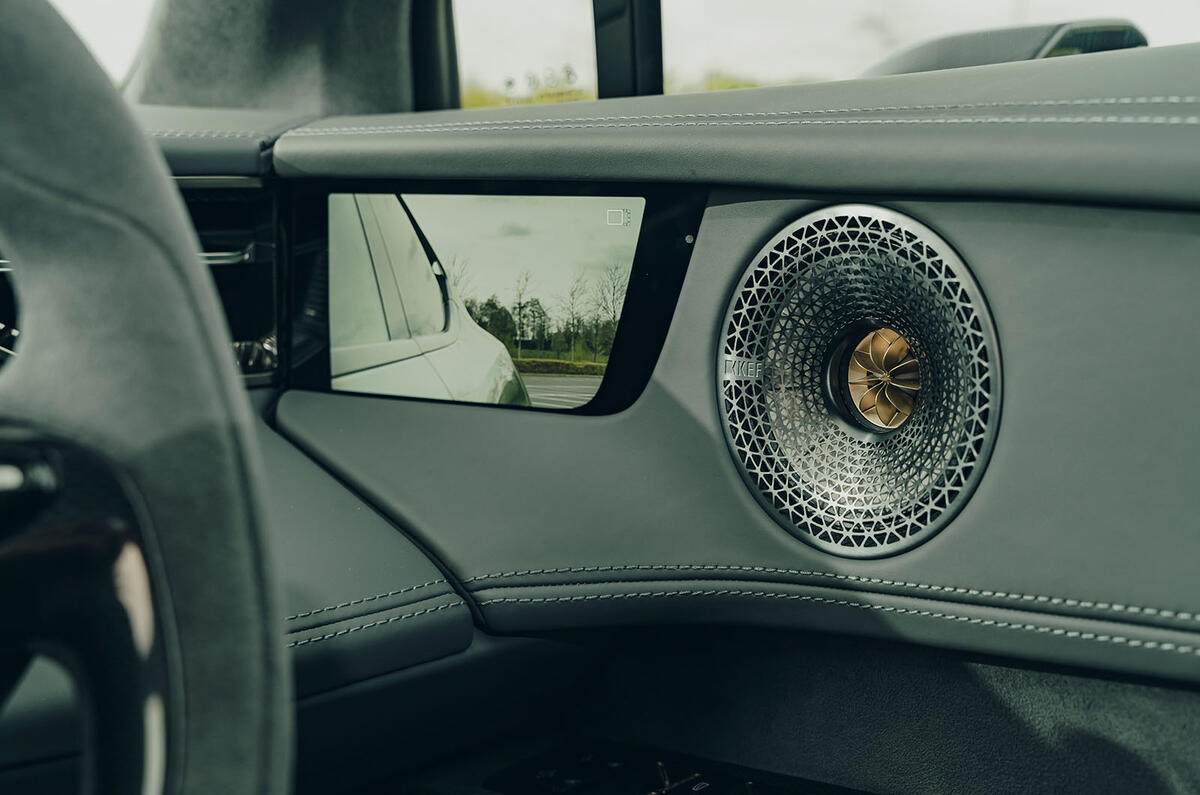


















Join the debate
Add your comment
'The truth is, the way the Eletre gets itself down the road isn’t quite as impressive as what it’s like to simply inhabit, and doesn’t feel like what, or how, it’s been made to win you over. But it’s impressive all the same.'
Not sure how nauseous Chapman would have felt seeing his initials on a car which goes against his philosophy, particularly lightness, in just about every way.
Odd strap. Audi is hardly the master of EV SUVs. And rthe Lotus is engineered and built by one of the most experiened EV companies in the world.